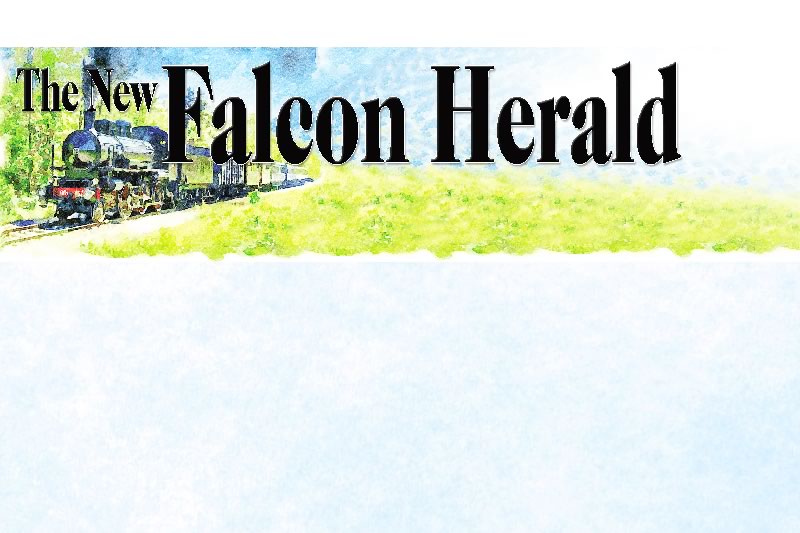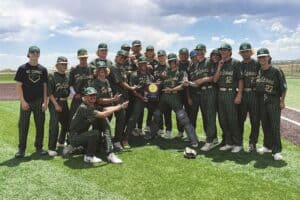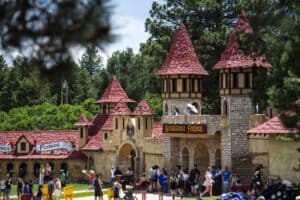Possibly one of the most welcome birds in our area is the Mountain Bluebird. One of the earliest arrivals, these cheerful little birds are astonishingly serious about housekeeping, and go about finding the nest box or tree cavity that will serve as home almost immediately.Many of them winter in the southern section of Colorado, so a large number donít need to fly far to reach our back yards. They sometimes seem over-eager to reach us, attempting the trip as early as late February and frequently are sent scurrying south again because of a nasty storm. With the first warm spell, they reappear.The advantage to arriving early is that they get first pick of the nesting sites.The male is a gorgeous bird, especially when seen in the sun. His brilliant blue plumage gives the impression that we have come across a stray piece of summer sky. The femaleís plumage is a delicately tailored counterbalance to the almost gaudy colors of the male. Clad in various shades of mouse-gray, with touches of blue on her wings and tail, she quietly goes about her business of raising a family.The male, although he doesnít take part in the incubation of the eggs, is a solicitous mate and father, and he works industriously to feed his family. Itís a large task, even with both parents fetching insects as fast as possible throughout the day. If all goes well, bluebirds will raise two clutches of young in one summer, with up to six young in each clutch. They take readily to birdhouses placed in the open about 5 feet or more off the ground. Our family has often hosted a bluebird family for the summer. The family lives in a box placed on the pillar on the awning above our deck.These birds are one of the most beneficial birds in this area, especially to farmers and gardeners, who should do all they can to encourage these birds to nest on their property. A bluebird family consumes vast amounts of caterpillars, grasshoppers, beetles and other harmful insects. For this reason, both the bluebirds and the swallows should be protected, with homes provided for their use.Keep sparrows and starlings from nesting in these boxes. These two species are aggressive birds that were introduced from England. They have caused trouble for native songbirds by taking over the available nesting sites, evicting and even killing the former occupants.Even if you are not a gardener, the bluebirds are wonderful to have in your yard. Their beautiful colors, gentle voices and sometimes almost valiant defense of their nest make them a feathered jewel to be treasured. By providing nesting boxes, we will be assured of leaving these wonderful little birds for our children to enjoy as well. A great way to introduce youngsters to wildlife is to let them follow the nests as the bluebirds hatch from their perfectly formed, light blue eggs to clumsy baby bluebirds trying out their wings for the first time.







